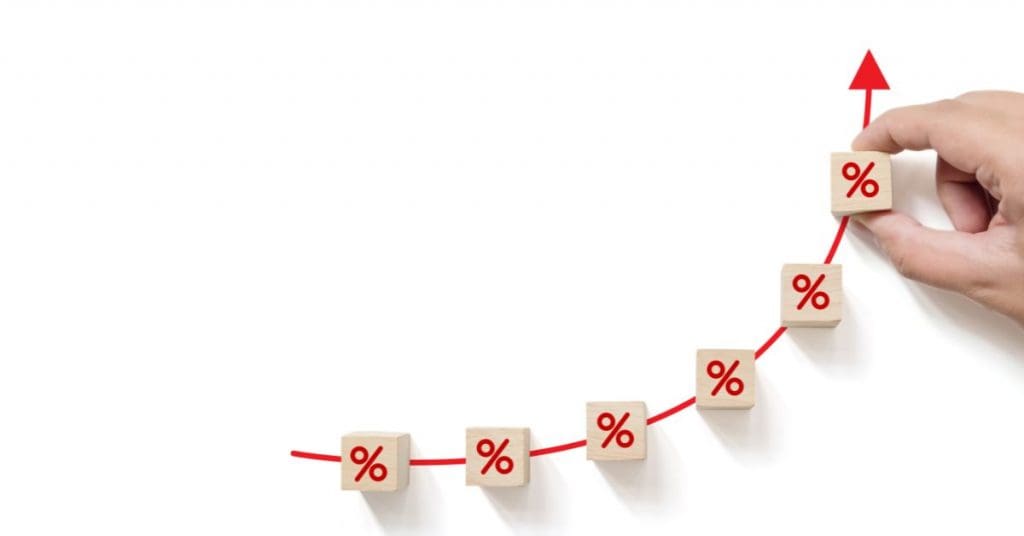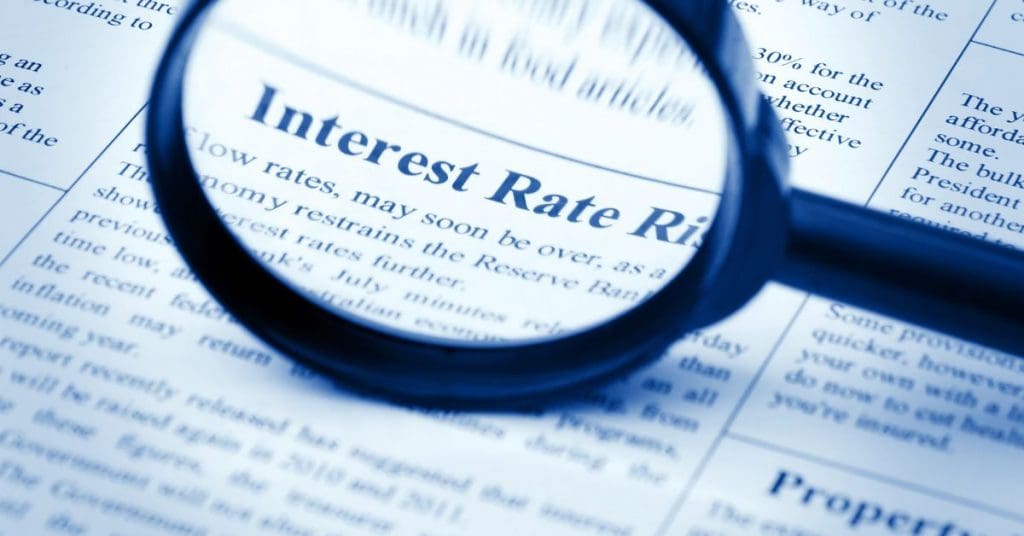Will Australia’s Interest Rates rise in 2023? And how much will it be?
The Reserve Bank of Australia (RBA) has announced that the cash rate will increase to 2.5% by 2023, in line with the organisation’s forecast of sustained economic growth.
This move is set to push up borrowing costs for both households and businesses across the country. In a statement, RBA Governor Philip Lowe said that “the Australian economy is performing well overall, with inflation close to target and unemployment trending down”. He added that while the rise in interest rates will present challenges for some borrowers, it is important that rates return to a more normal level over time. So what does this mean for Australians? Read on to find out.
What are some predictions for Interest Rates Rise in 2023? What changes it will bring in the next year?
Predictions for how interest rates will change in 2023 vary somewhat, but most experts agree that interest rates will rise. In Australia, interest rates are currently at a record low, so there is room for interest rates to rise without causing too much financial hardship for borrowers.
However, how much interest rates will rise and when they will start to rise is still up for debate. Some economists predict that interest rates will rise slowly throughout 2023, while others believe that interest rates will spike in the second half of the year. Whichever prediction turns out to be true, it’s important to remember that interest rate changes can have a big impact on your finances. If you’re thinking of taking out a loan or investing in property, it’s worth keeping an eye on interest rates so you can make the most of any favorable conditions.
How could a rise in interest rates affect Australian households and businesses?

A rise in interest rates is likely to have different effects on Australian households and businesses. For households, a rise in interest rates will lead to higher mortgage repayments and other debt repayments. This will reduce the disposable income of households and may lead to a reduction in spending.
For businesses, a rise in interest rates will lead to higher interest payments on loans. This will reduce the profitability of businesses and may lead to a reduction in investment. The overall effect of a rise in interest rates is likely to be negative for the Australian economy. Higher interest rates will reduce consumption and investment, and this is likely to lead to a slowdown in economic growth.
What factors influence the interest rates set by the Reserve Bank of Australia (RBA)?
There are a number of factors that influence the interest rates set by the Reserve Bank of Australia (RBA). These include inflation, economic growth and the global financial markets. Inflation is one of the main drivers of interest rates, and if it is rising too quickly, the RBA may raise interest rates in order to slow down the economy.
Similarly, if economic growth is strong, interest rates may also be increased in order to cool down the economy and prevent inflationary pressures from building up. The global financial markets also have an impact on interest rates, as they can affect the cost of borrowing for Australian banks. If the markets are unstable, interest rates may be raised in order to reduce the risk of lending. Overall, these are some of the main factors that influence interest rates in Australia.
How has the RBA responded to changing economic conditions in the past?
The Reserve Bank of Australia (RBA) has responded to changing economic conditions in a number of ways over the years. One of the most notable responses came in the early 2000s when interest rates were cut to encourage spending and stimulating economic growth.
In recent years, the RBA has been slowly moving interest rates back up as the economy has strengthened, with rates expected to rise further in 2023. While this is good news for savers, it may cause some challenges for borrowers. As a result, it’s important to keep an eye on interest rates and make sure you’re prepared for any changes.
What can you do to prepare for an increase in interest rates?

Rates are currently at a record low, but there are indications that this will change in 2023. This is due to a number of factors, including the increasing global interest rates and the recovery of the Australian economy. As a result, it’s important to start planning now for an increase in interest rates.
One way to do this is to make sure your loan repayments are as low as possible. This will give you some flexibility when rates do start to increase. You could also consider fixing your interest rate, which will protect you from any sharp rises. Of course, there are pros and cons to both of these options, so it’s important to speak to a financial advisor to find the best solution for your situation.
Whatever you do, don’t wait until interest rates start rising to take action – by then it will be too late.
Are there any risks associated with rising interest rates?
Rising interest rates can be a good thing or a bad thing, depending on your perspective. As interest rates increase, the cost of borrowing money rises. This can be a problem for people who are already struggling to make ends meet. In addition, rising interest rates can cause the value of investments to fall, as investors move their money into safer ventures.
However, rising interest rates can also be a sign of economic growth, and they can provide an opportunity for savers to earn higher returns on their money. Interest rates are currently at historical lows, and many experts are predicting that they will start to rise in 2023. While it’s impossible to say how much they will rise by, it’s important to be aware of the potential risks associated with rising interest rates.
Conclusion
The Reserve Bank of Australia is a key player in the Australian economy, and its decisions about interest rates can have a significant impact on households and businesses. In this post, we’ve looked at some factors that influence the RBA’s decision-making process, as well as how it has responded to changing economic conditions in the past.
We’ve also made some predictions for how interest rates might change over the next few years, and outlined some of the risks associated with rising interest rates. If you’re worried about how an increase in interest rates could affect your finances, don’t hesitate to get in touch with a professional broker. They can help you find loans that will suit your needs and give you peace of mind during these uncertain times.
Frequently Asked Questions
What is the Reserve Bank of Australia’s policy on interest rates?
The Reserve Bank of Australia’s (RBA) policy on interest rates is to keep interest rates at record lows until 2023. In November 2020, the RBA lowered interest rates to 0.10% in an effort to support the economy during the COVID-19 pandemic. The RBA has indicated that it does not plan to raise interest rates until inflation is sustainably within the 2-3% target range. The RBA has also said that it will not increase interest rates until unemployment is reduced to 4.5%.
While the RBA’s current policy is to keep interest rates at record lows, it is widely expected that interest rates will rise in 2023. Many economists are predicting that the RBA will raise interest rates twice in 2023, with the first increase coming in the first half of the year and the second coming in the second half. If interest rates do rise in 2023, it is expected that they will only rise by a small amount. The RBA has indicated that it wants to keep interest rates low for as long as possible to support the economy and help reduce unemployment.
How will rising interest rates affect my mortgage?
Rising interest rates will have different effects on different people’s mortgage repayments. If your interest rate is variable, then your repayments will go up when interest rates rise. However, if you have a fixed interest rate, your repayments won’t be affected until your fixed interest period comes to an end.
In Australia, interest rates are at a record low and are not expected to rise until 2023 at the earliest. However, when they do rise, it is likely that they will rise relatively quickly. As a result, it’s important to be prepared for the possibility of higher repayments in the future. One way to do this is to make extra repayments now, while interest rates are low. This will help to reduce the amount of interest you’ll have to pay in the future and will also help to shorten the length of your loan.
What does this mean for home loan repayments?
The recent interest rate rise announced by the Reserve Bank of Australia (RBA) will have an impact on home loan repayments for many Australians. The interest rate increase will come into effect in 2023, and is likely to result in higher interest rates for home loans. This means that repayments on home loans will increase, and borrowers will need to factor this into their budgeting.
For those with variable interest rate loans, it is important to keep an eye on interest rate movements and be prepared for changes in repayments. For those with fixed interest rate loans, the interest rate rise may not have an immediate impact, but it is still important to be aware of the potential for higher repayments in the future.
If you are concerned about how the interest rate rise will affect your home loan repayments, speak to your lender or financial advisor for more information.
Need tips about loans and other financial related concerns? Talk to us here at The Mortgage Tree.
What are some ways to offset the effects of rising interest rates?
As interest rates in Australia are expected to rise in 2023, it’s important to consider how this will impact your finances. There are a number of ways to offset the effects of rising interest rates, including:
Reviewing your loan products and terms: If you have a variable rate loan, now is the time to consider switching to a fixed rate loan. This will help protect you from rising interest rates in the future. You should also review the terms of your loans to ensure that you’re getting the best deal possible.
Investing in interest-bearing accounts: Putting your savings into an interest-bearing account can help offset the effects of rising interest rates. You’ll earn interest on your savings, which can help counteract the effects of higher interest rates on your loans.
Making extra repayments: If you can afford it, making extra repayments on your loans can help reduce the amount of interest you’ll pay over time. This is especially effective if you have a variable rate loan, as your repayments will go towards reducing the principal amount of your loan rather than just covering the interest payments.
By taking these steps, you can help offset the impact of rising interest rates and keep your finances healthy.


